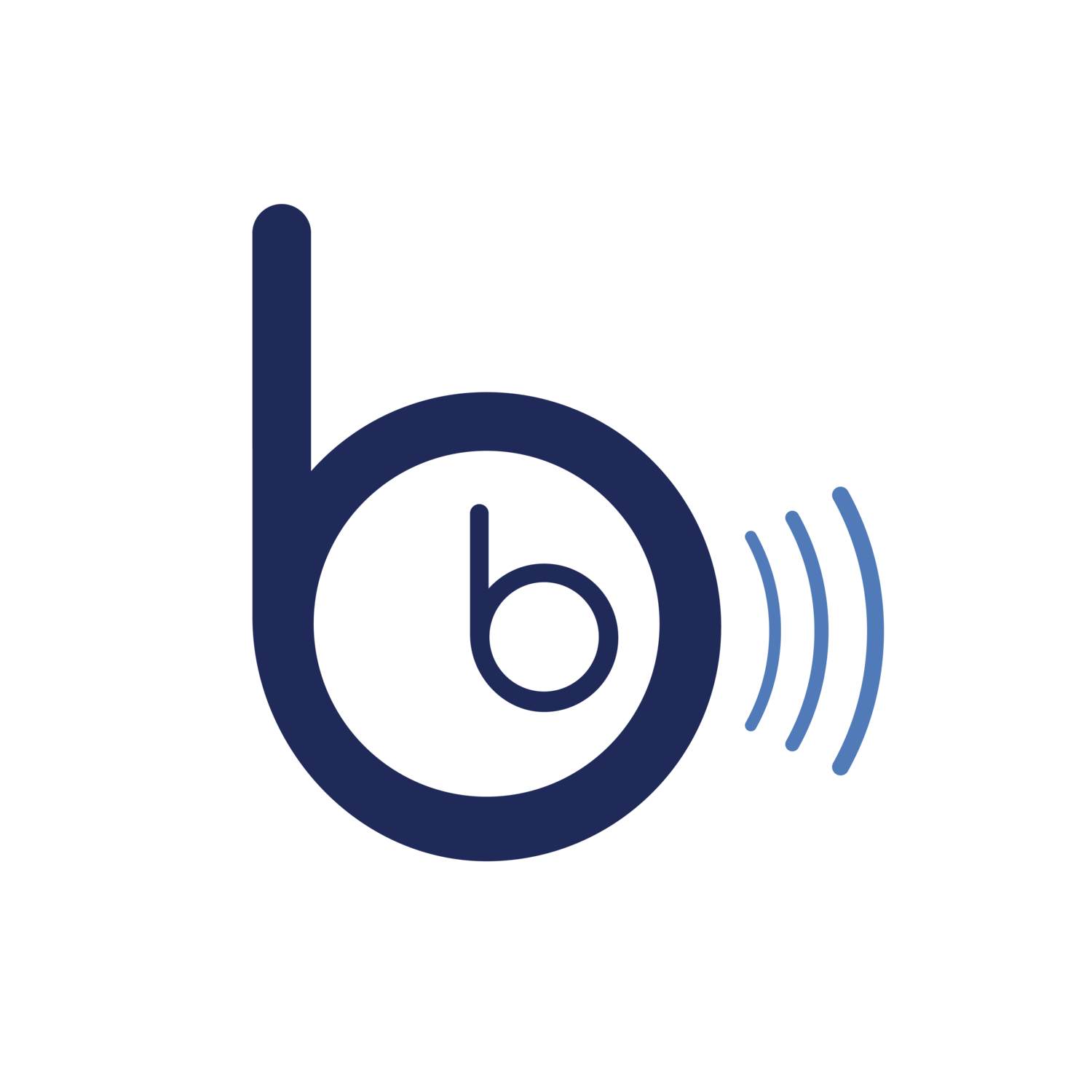A New Age of Telemedicine
Today's technological advancements have made it possible for the healthcare industry to accommodate the general public's needs. One such application of technology in healthcare is telemedicine. About 20 years ago, telehealth consisted of the most basic communication features such as SMS, phone calls, and painfully slow web chats. But today, there have been considerable developments in telemedicine as it has incorporated teleconferencing tools, remote patient monitoring devices, and even artificial intelligence (AI).
The mass adoption of telehealth has accelerated due to the current global health crisis. As most healthcare institutions and hospitals have been busy tending to COVID-19 patients, outpatient health providers must look for innovative and creative solutions. Telehealth is one of those solutions. To prevent COVID-19 from spreading, most healthcare providers have transitioned to a remote environment. They can attend non-urgent patients, diminish disease exposure for healthcare workers and other patients, expand access to care, conserve scarce supplies of personal protective equipment, and lighten the load for in-hospital healthcare professionals.
As we've mentioned, telemedicine isn't a new phenomenon. The CDC highlights how telehealth visits have increased by 154% since the pandemic's onset compared to the previous year.
Physicians and specialists have been able to attend to their patients' needs through synchronous and asynchronous methods. Synchronous doctor's visits are live telemedicine. Through teleconferencing programs, a healthcare provider can talk to patients in real-time and assess their medical predicament. There are also synchronous provider-to-provider situations, such as when a physician consults a specialist to form a better patient treatment plan. On the other hand, asynchronous telemedicine consists of "store-and-forward" technologies that include AI chatbots and online portals, as well as wearable devices that help healthcare providers monitor a patient's condition just about anywhere.
In addition to doctors, nurses have been at the forefront of the telemedicine revolution. Telehealth nurses are the first responders whenever a patient call or inquiry comes in. Also, they maintain the efficiency of a physician's office or healthcare institution. They organize medical records, schedule specialist consultations, and follow up on a patient's conditions.
Unfortunately, the Institute of Medicine (IOM) reveals a drastic decline in primary care providers, with only 2% of medical students pursuing nursing careers. Indeed, there remains a huge void that needs filling when it comes to educated nurses. More universities are starting to offer online RN to BSN degrees to address the shortage. These programs train students to work in hospitals, nursing homes, labs, and more — despite never setting foot on a physical campus. Such remote learning solutions encourage more individuals to pursue this career path and enhance their leadership skills and patient assessment abilities. At this time in history, when a nurse shortage can jeopardize healthcare institutions, these programs aim to fill the workforce void and maintain our healthcare industry's stability — both in physical and remote settings.
Telemedicine has been a crucial part of ensuring the healthcare industry can still provide care, especially amid COVID. So we can only hope that the industry will be able to keep up.
Exclusively written for bbimaging.net
By: Ruthanne Joleen

